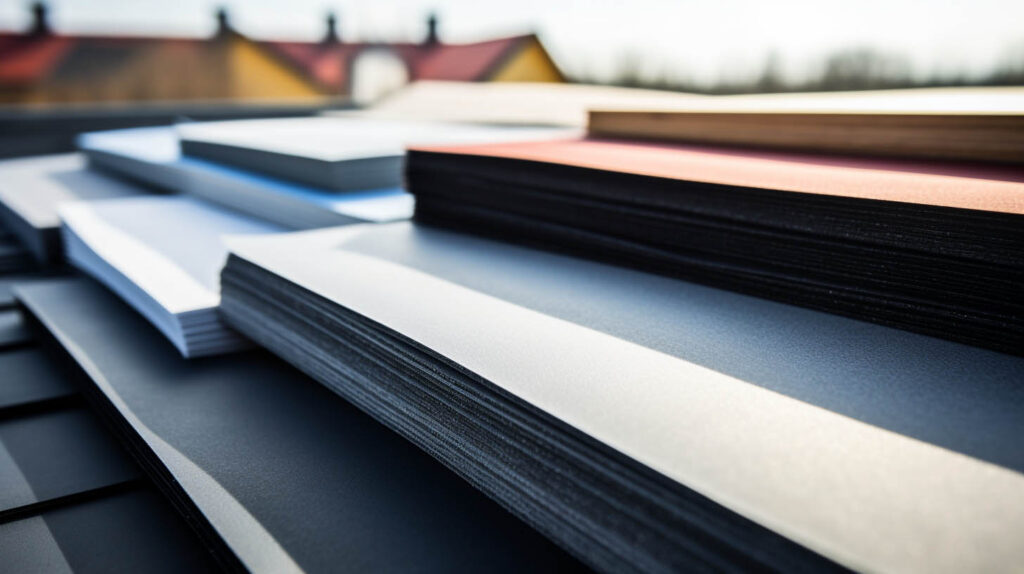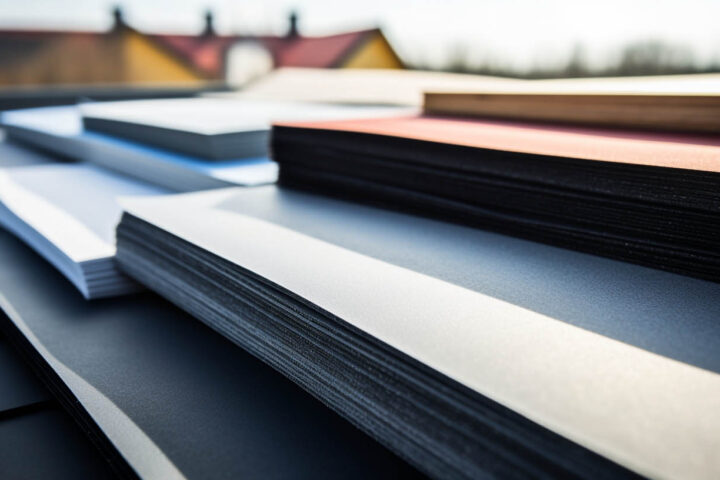
Understanding Roofing Underlayment: The Foundation of a Durable Roof
Roofing underlayment plays a pivotal role in ensuring the longevity and durability of your roof. Serving as a barrier between the roof deck and the shingles, it provides essential protection from water intrusion and other environmental factors. In the realm of roofing underlayment, two materials stand out: synthetic and felt. This article delves into the differences between these materials, helping homeowners make informed decisions for their roofing needs.
The Evolution of Felt Roofing Underlayment
Traditionally, felt underlayment, often referred to as tar paper, has been the go-to choice for many roofing contractors in Los Angeles. Composed of either organic or fiberglass mat, coated with asphalt, felt underlayment offers a basic level of protection against moisture. It’s known for its affordability and ease of installation, making it a popular choice for budget-conscious projects.
Pros of Felt Underlayment:
- Cost-effective: Offers a lower initial investment compared to synthetic options.
- Accessibility: Widely available and familiar to most contractors.
- Moderate water resistance: Provides a basic level of protection against moisture.
Cons of Felt Underlayment:
- Susceptibility to tearing: Can be damaged during installation or in high winds.
- Heavier weight: More challenging to handle, especially in thicker grades.
- Limited durability: Tends to degrade faster than synthetic materials.
The Rise of Synthetic Underlayment
As a roofing company in Los Angeles, Roof Repair Specialist recognizes the growing preference for synthetic underlayment. Made from polypropylene, polyester, or fiberglass, synthetic underlayment is engineered to offer superior protection. Its composition makes it resistant to mold growth, UV radiation, and extreme weather conditions.
Pros of Synthetic Underlayment:
- Enhanced durability: Resists tearing, cracking, and breaking down over time.
- Lightweight: Easier to handle and install, reducing labor time.
- Superior water resistance: Provides robust protection against moisture and leaks.
Cons of Synthetic Underlayment:
- Higher cost: Generally more expensive than felt options.
- Specialized installation: Requires specific techniques and tools for proper installation.
Comparative Analysis: Felt vs. Synthetic Underlayment
When comparing these two materials, several factors come into play, including weather resistance, longevity, and installation ease. In Los Angeles, where weather conditions can vary, choosing the right underlayment is crucial for roof longevity.
Weather Resistance and Longevity
Synthetic underlayment typically outperforms felt in terms of weather resistance. It’s less likely to absorb moisture, reducing the risk of mold and rot. Additionally, synthetic materials withstand UV exposure better, making them ideal for areas with intense sunlight.
Installation and Handling
From the perspective of a Los Angeles roofing contractor, ease of installation is a significant factor. Synthetic underlayment’s lightweight nature makes it easier to work with, potentially speeding up the roofing process. However, felt underlayment’s familiarity among contractors can sometimes offset its handling difficulties.
Environmental Considerations
Environmentally conscious homeowners often prefer synthetic underlayment due to its longer lifespan and reduced need for replacement. While felt underlayment is made from more natural materials, its shorter lifespan can lead to more frequent replacements and increased waste.
Making the Right Choice for Your Home
At Roof Repair Specialist, we understand that every home has unique needs. When selecting between synthetic and felt underlayment, consider factors like budget, climate, and long-term maintenance. For homeowners in Los Angeles, synthetic underlayment often provides the best balance of protection, durability, and value.
Conclusion
The choice between synthetic and felt roofing underlayment is a crucial decision for homeowners. By weighing the pros and cons of each material, considering local climate conditions, and consulting with experienced roofing contractors in Los Angeles, you can ensure that your home is equipped with the best possible protection for your roof. Remember, a well-chosen underlayment is the foundation of a roof’s longevity and performance.




